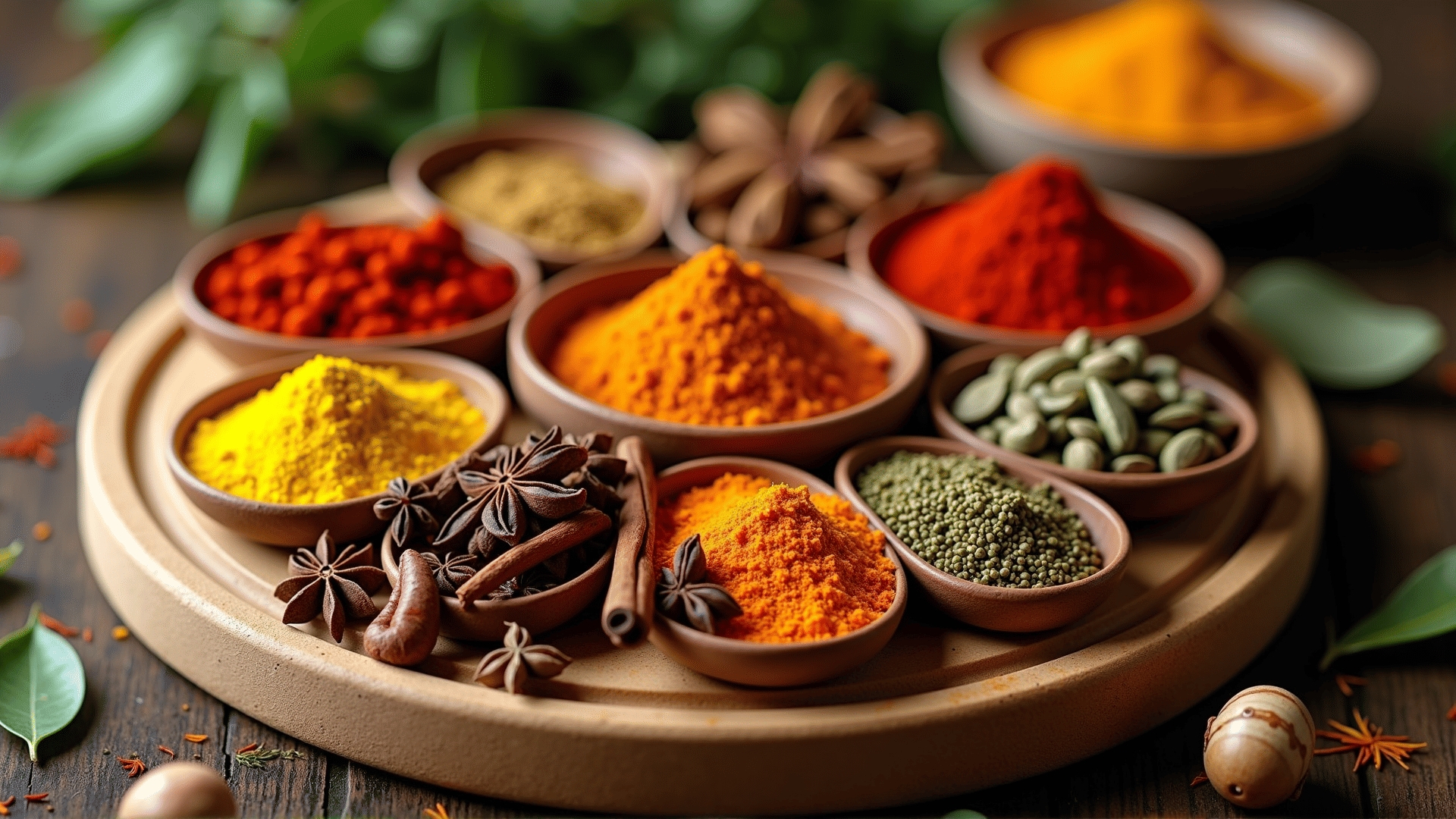Embarking on a culinary adventure often begins with exploring the vast and vibrant world of exotic spices. These flavorful gems have the power to transform dishes, create depth, and transport our palates to distant lands without ever leaving the kitchen. At Flavor Haven, we embrace this journey, delving into the rich tapestry of spices that have been cherished for centuries in kitchens worldwide.
Unveiling Hidden Treasures
The world of exotic spices is as diverse as it is exciting. Although familiar faces such as cinnamon and black pepper often grace our spice racks, it’s the lesser-known, mystifying spices that can truly elevate cooking. Take, for instance, Sumac, a Middle Eastern spice with a tangy, lemony flavor that adds a zesty brightness to grilled meats and salads. Similarly, Asafoetida, with its pungent aroma, is a staple in Indian cuisine that imparts a savory umami essence to vegetarian dishes.
Cooking Techniques to Master
Exploring exotic spices not only involves using them but also understanding the techniques that best release their flavors. Toasting spices is a fundamental technique that can intensify their aroma and taste. By gently heating whole spices such as cumin, coriander, or fennel in a dry skillet, you enhance their aromatic oils, creating a more profound flavor profile.
Additionally, the art of creating a spice blend can be transformative. Consider crafting your own Garam Masala or Ras el Hanout, mixes that herald from Indian and North African cuisine respectively. These blends are not only versatile but allow for personalized expression in cooking.
Pairing with Ingredients
The magic of exotic spices lies in their versatility and ability to harmonize with various ingredients. For instance, Saffron, known for its luxurious hue and subtle fragrance, pairs beautifully with rice dishes, seafood, and even desserts. Meanwhile, Cardamom, with its sweet and spicy notes, finds its place in both savory dishes and spiced teas or coffee.
Another fascinating spice is Epazote, traditionally used in Mexican cuisines. Its pungent flavor complements beans and adds depth to soups and stews. Similarly, the bold and slightly bitter flavors of Fenugreek seeds, when incorporated into curries or chutneys, introduce a distinctive melange reminiscent of maple syrup and caramel.
Cultural Inspirations
Diving into the world of exotic spices is also an exploration of culture and history. From the bustling spice markets of Marrakesh to the aromatic bazaars of Istanbul, each spice bears the stories of its origins and the generations that have savored its flavors. Embracing these spices encourages a connection to cultures and culinary traditions that might otherwise remain distant.
Spices such as Grains of Paradise, a peppery West African staple, and the fragrant Njangsa seeds used in stews across Central Africa, highlight the culinary diversity that exists across the globe. Incorporating them into our cooking not only broadens the palate but enriches our understanding of different cultures.
A Flavorful Exploration
There is a profound joy in exploring exotic spices, in learning how they can elevate and accentuate the natural flavors of ingredients. It encourages creativity and experimentation, inviting one to venture beyond borders while respecting the authenticity of culinary traditions.
At Flavor Haven, we celebrate this journey into the unknown with open hearts and curious palates. So embark on this adventure, let the spirit of exploration guide you, and may each spice bring a touch of magic to your culinary creations.
